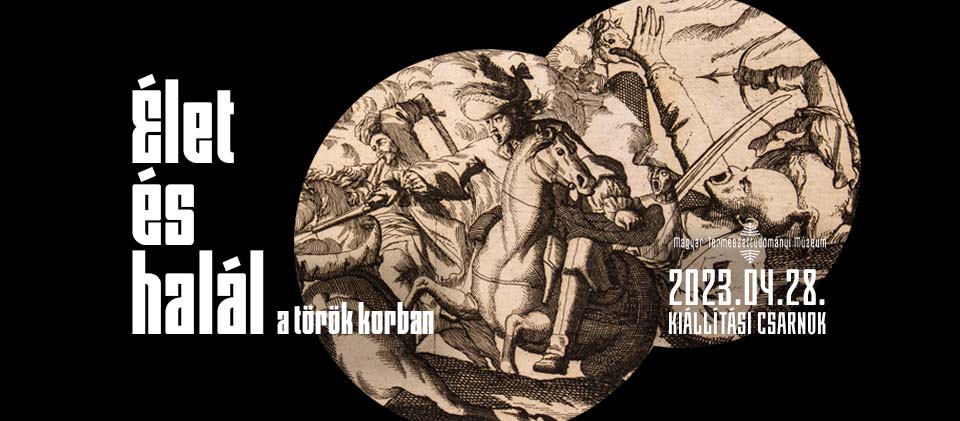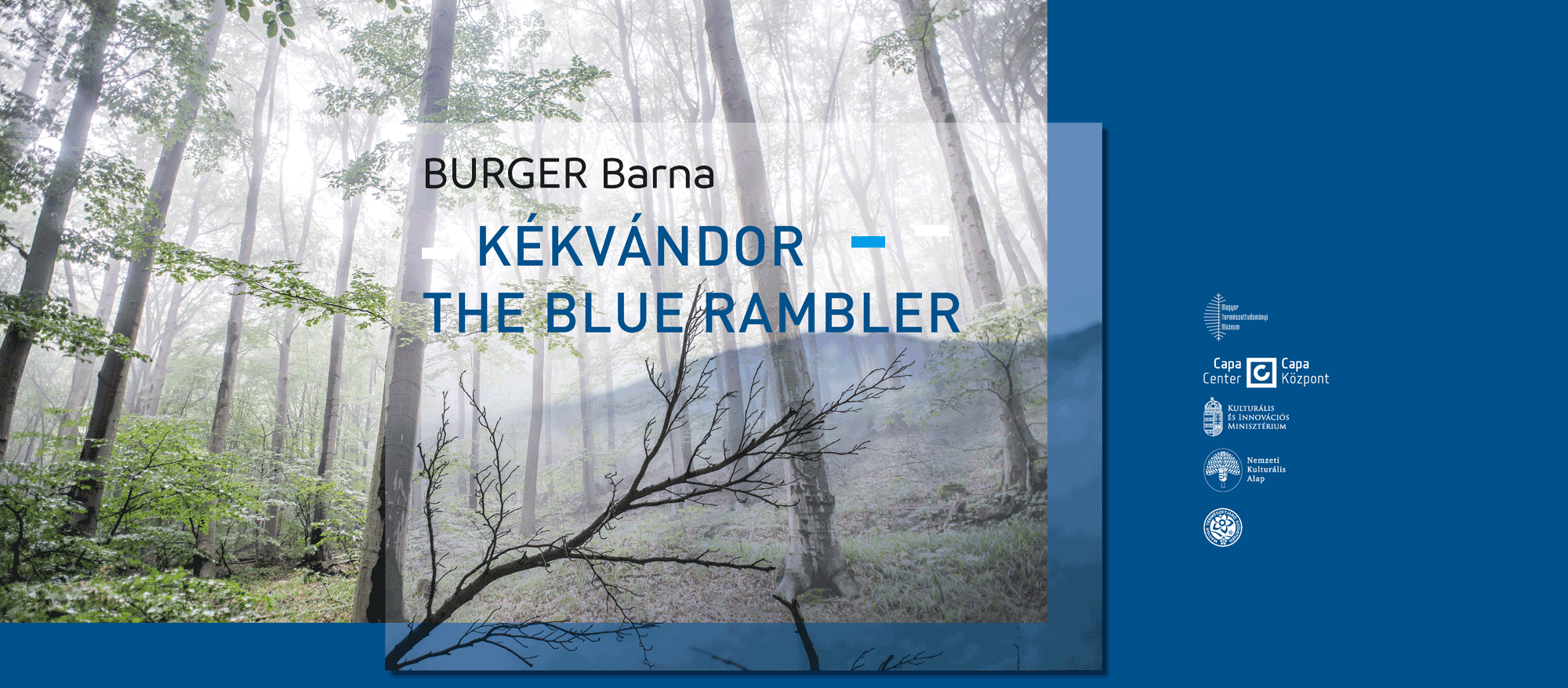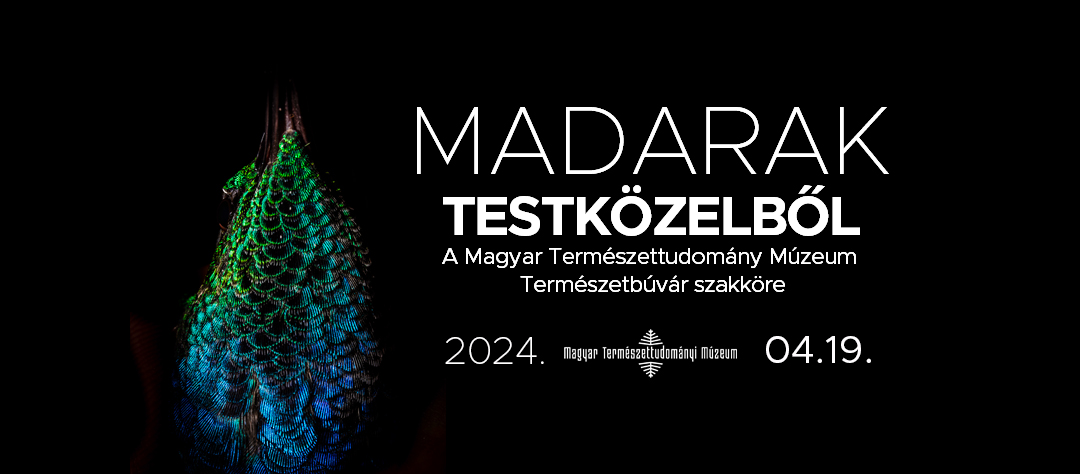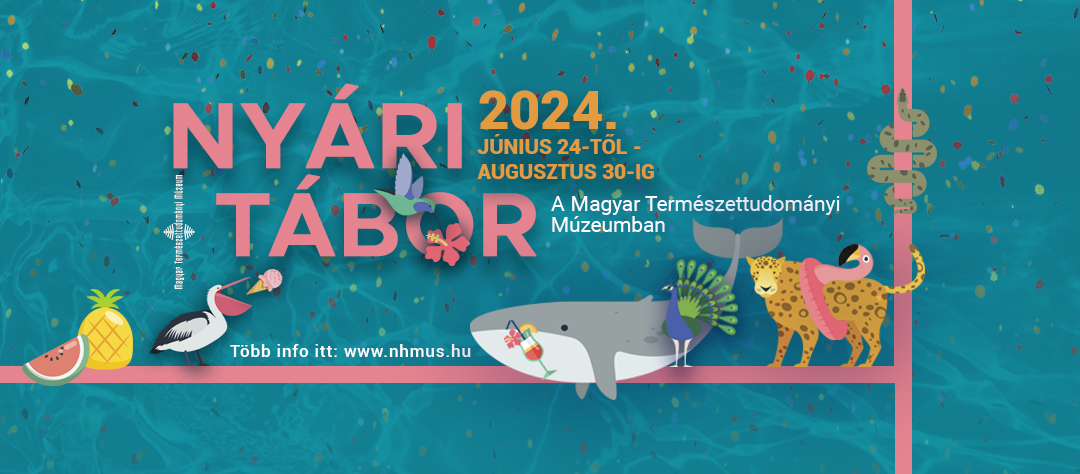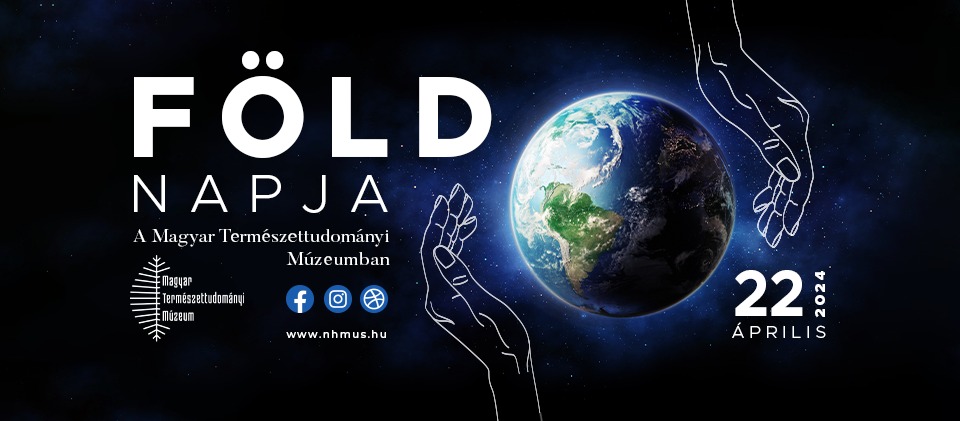General Information
The Hungarian Natural History Museum (HNHM) with its two affiliated countryside museums (the Mátra Museum of Gyöngyös and the Bakony Museum of Zirc) is one of the largest scientific and cultural institutions in Hungary, employing about 200 staff members.
Its mission is to raise and to sustain the awareness of the society towards the recognition and acceptance of the diversity of nature, and to ensure the commitment of the public to the preservation of the natural environment.
The Hungarian Natural History Museum (HNHM) houses extensive botanical, zoological, anthropological, paleontological and geological collections of more than ten million specimens and over 65,000 primary types. The collection uniquely represents the natural history of Hungary and the Carpathians, but highly valuable items originate also from other parts of the Earth. These irreplaceable assets render the museum the ultimate hallmark of bio- and geodiversity in Hungary.
The collections and other scientific facilities of HNHM are used annually by approx. 350 researchers from all over the world. Research activities cover the fields of taxonomy, ecology, evolutionary biology, conservation biology, geology, paleontology and physical anthropology.
The museum’s exhibitions attract approximately 300.000 visitors annually.
Highlights of what is housed at HNHM
The Department of Zoology comprises the largest zoological collection in South Eastern Europe with almost 8 million objects. It includes significant material from all over the world excluding North-America. Collections from the Balkan, Inner and Southeast Asia, New Guinea and Africa are truly unique worldwide.
The Department of Botany includes 2 million specimens. Its collections contain remarkable material including the valuable herbarium of the botanist Pál Kitaibel or the famous Lobkowitz collection of fossil plant remains.
More than hundred thousand fossils from the Carpathian Basin are hosted in the Department of Paleontology. These include the very first dinosaur remains from the Upper Cretaceous of Hungary.
The Department of Mineralogy and Petrology gives home to about 80 thousand objects. The majority comes from Hungary; however, a significant amount is accommodated from all around the world. Its meteorite collection and lunar rock samples are recognised for their outstanding universal value.
The Department of Anthropology contains the remains of around 50 thousand individuals representing the whole Post-Pleistocene population of the Carpathian Basin. The Neanderthal remains of the Subalyuk cave and the naturally preserved mummies from the town of Vác, Hungary are among the most notable objects.
